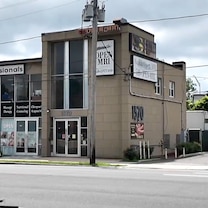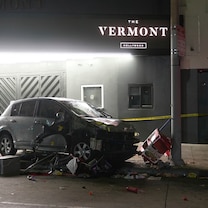Top U.S. Neighborhoods for Fuel Savings
Spend less than $800 to travel in these neighborhoods.
July 11, 2008— -- WASHINGTON, D.C. – With the national average price of gasoline topping $4 a gallon, it's a propitious time to make the case for gas-sipping neighborhoods. Indeed, Americans coping with soaring energy costs are choosing to spend their economic stimulus checks at the gas pump and reduce their driving habits by billions of miles.
For every dollar working families save on housing, it spends nearly $2 on transportation, according to research by the nonpartisan Center for Housing Policy. Their research shows that of the 20 fastest-growing counties in the U.S., 15 are located 30 miles or more from the closest central business districts.
As some politicians see it, where you live is now a matter of national energy policy. Places with plenty of mass transit and high rates of bicycle usage have received applause from presumptive Democratic presidential nominee Barack Obama on the campaign trail lately. And some on Capitol Hill want to legislate shorter commutes that require less fuel.
Congressman Ed Perlmutter (D-Colo.) recently introduced a bill that would enable home buyers to qualify for lower interest rates on mortgages for homes located near mass transit. Although it isn't expected to get to a floor vote before November elections, it has an ally in powerful House Financial Services Committee Chairman Barney Frank (D-Mass.).
Owning a home in walkable neighborhoods saves residents $300 to $400 a month, up to 4,800 a year, on gas expenses alone, according to research by the Congress for the New Urbanism. Kicking the car habit yields larger consequences: Traffic congestion sucked $78 billion from the economy in 2005, added 4.2 billion hours in commuter time, and wasted almost 3 billion gallons of gasoline, according to a 2007 Urban Mobility Report by the Texas Transportation Institute.
We asked the Center for Neighborhood Technology to help identify cheap rides in America's largest metropolitan areas. It classified a neighborhood's low transportation costs as the metro area mean transportation costs minus one standard deviation.



